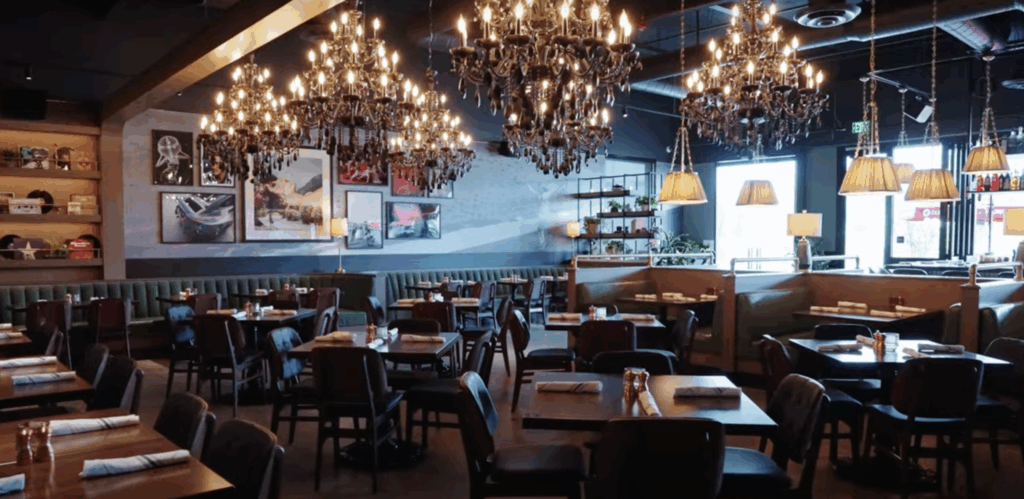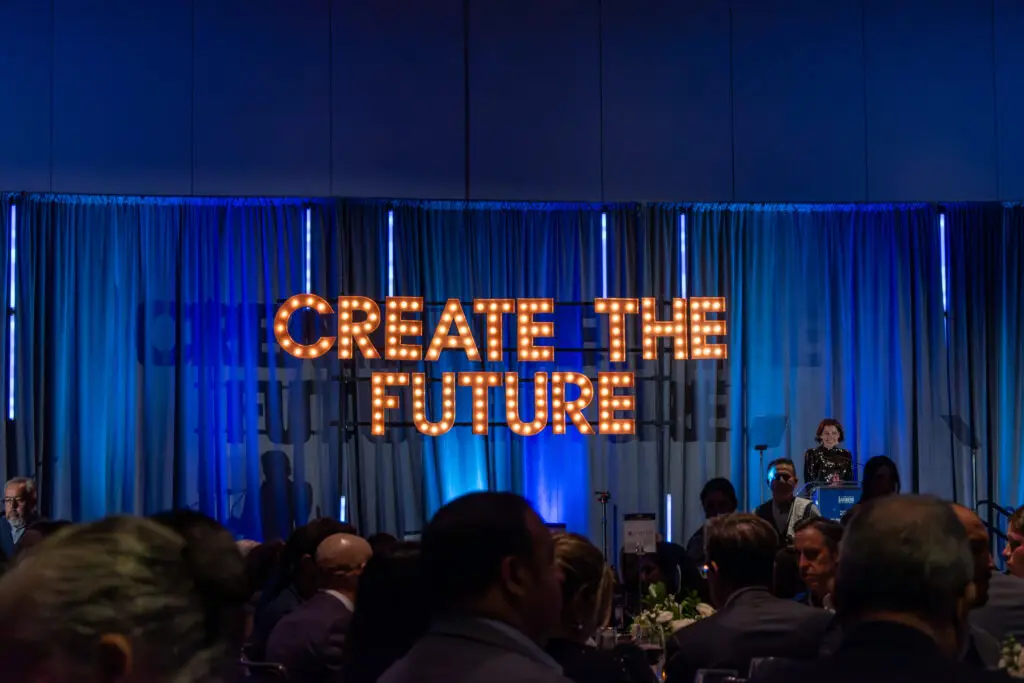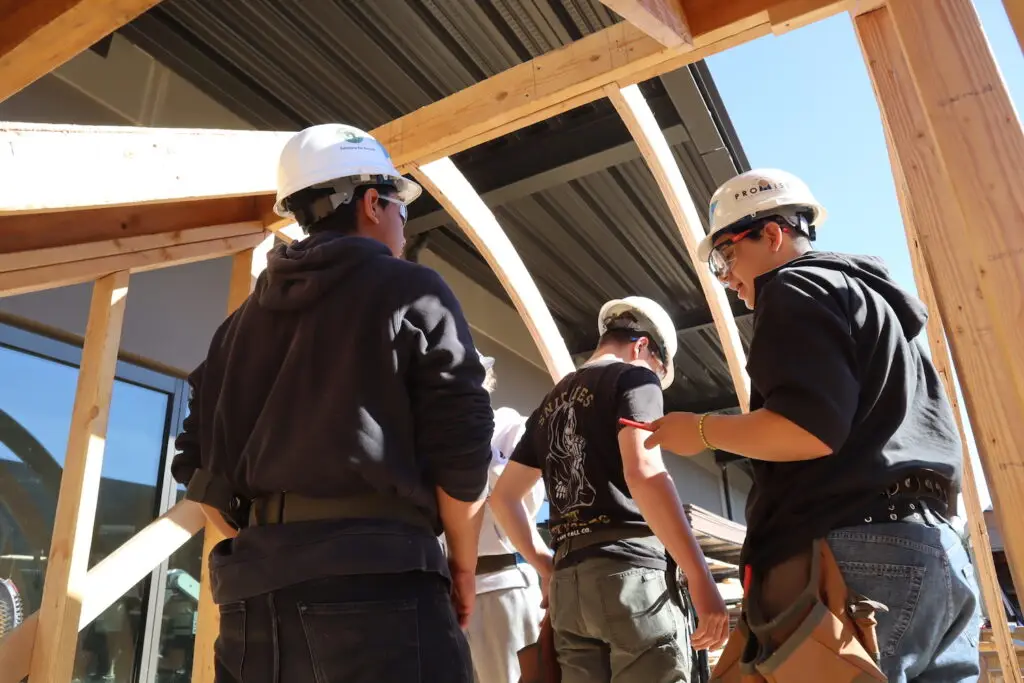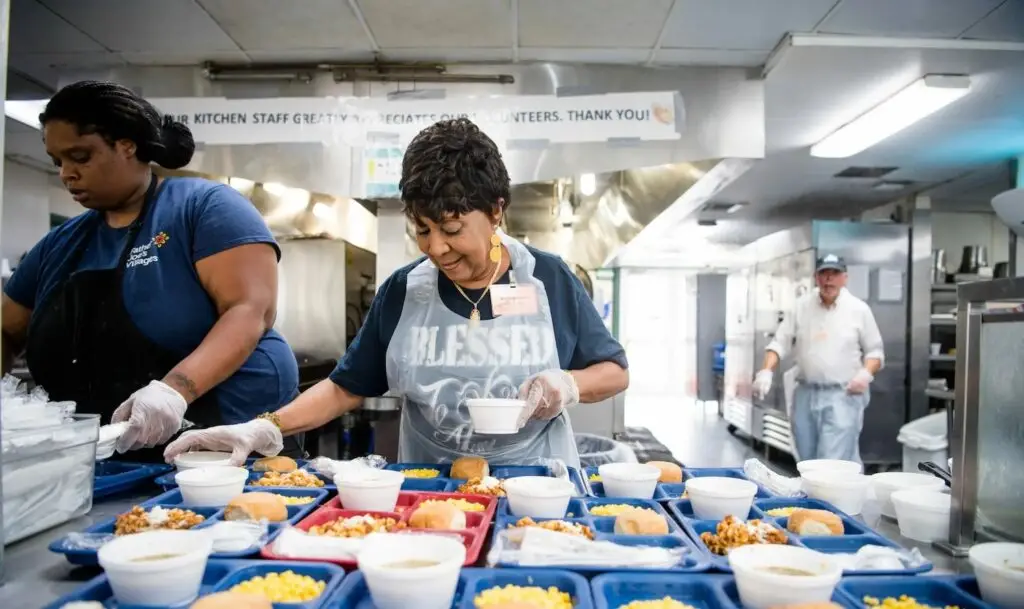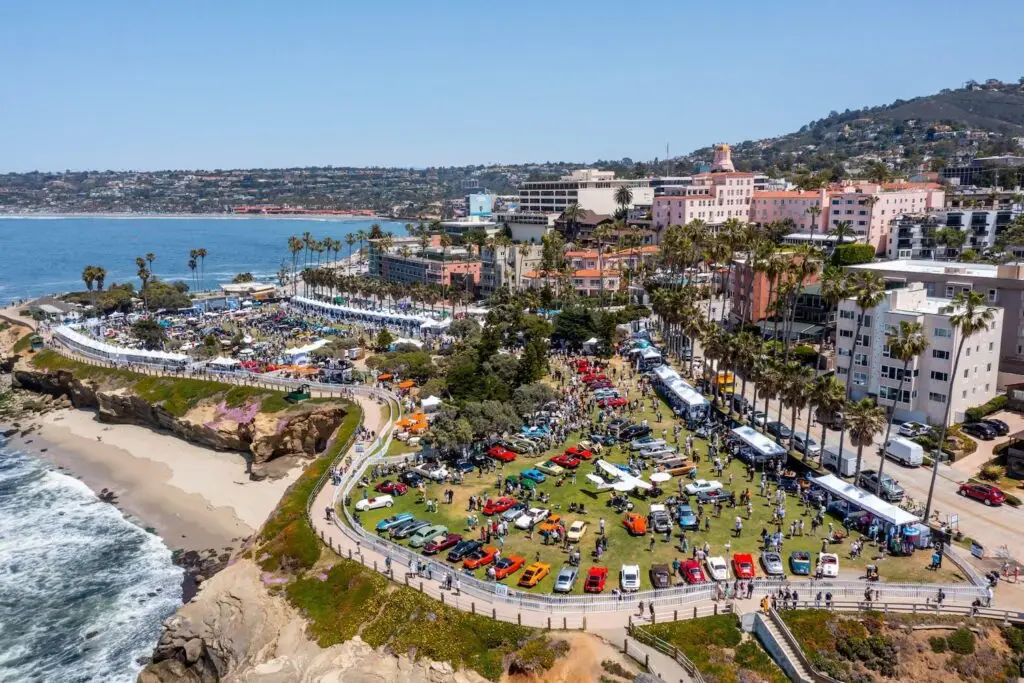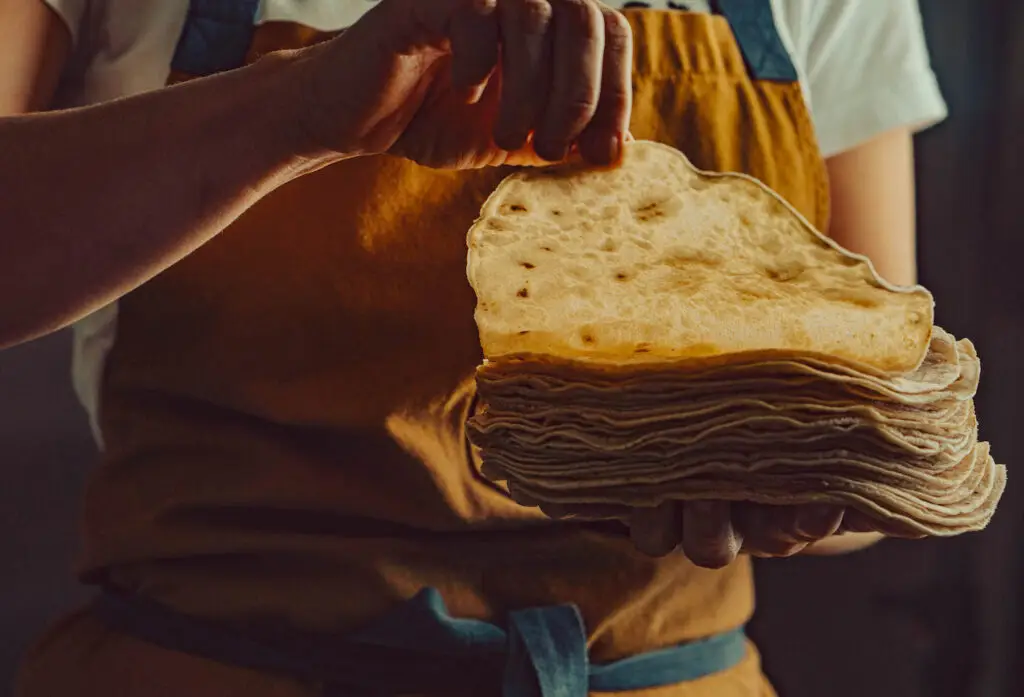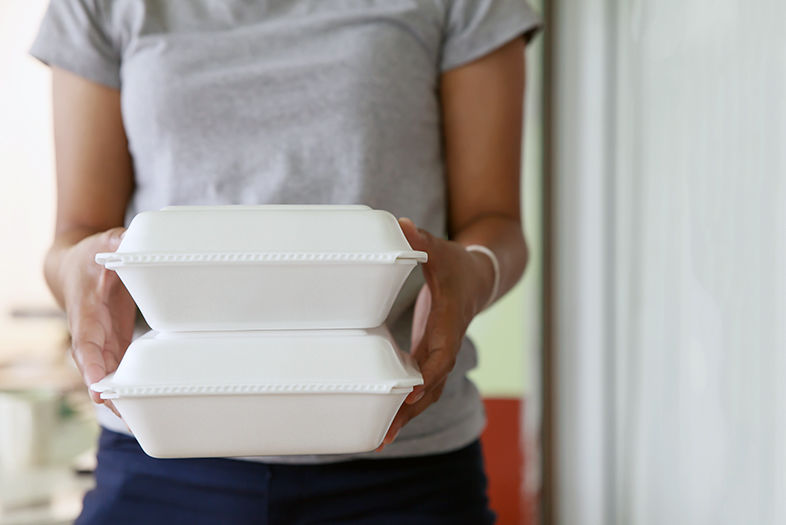Plastic is a big problem. As I explored in my first article on the subject, scientists have started calling our oceans “plastic soup.” British Prime Minister Theresa May calls it one of the biggest environmental dangers to our planet. So I dug deep, took a 10-day no-plastic challenge, bought some bamboo utensils, reusable mugs and water bottles, proposed a ban on single-use plastics for San Diego. Most importantly, I took the pulse of San Diego restaurateurs. What are they doing with the issue? How feasible are ecologically friendly alternatives for the mom and pop restaurant?
It’s been a few weeks of exploration for myself, and it changed me in significant ways. My cups are always washed and ready to go with me out of the house, my silverware will always be washed and ready (actually, that’s a half truth because I need to get a new to-go set for my computer bag, since housekeeping at a hotel thought my bamboo utensils were trash and threw them out). I encourage everyone to do a little research into the plastic problem facing America (and the world), and act if compelled to. This is my last piece on the series—a collection of observations from San Diego restaurateurs and those familiar with their operations.
OBSERVATION: Going eco is expensive for restaurants. Restaurants work on some of the smallest profit margins in American business. The desire is there in most cases; the cashflow, on the other hand…
Willy Eick, Exec chef of Mission Ave Bar & Grill: We looked into sustainable straws, and now only do straws upon request. Plastic costs about .5 cents per straw when a better alternative is roughly 2 cents. We looked into investing into metal straws, but can’t find an option that makes sense, plus the risk of theft is high. So going straight to no straws is, cost wise for restaurants and bars, the best option. Most people haven’t asked for straws, so it seems the awareness is getting out there. I tried getting rid of plastic bags at 608, however customers got pretty upset that they had to carry their boxes if it were more than two, and most of the time we would try to find a large cardboard box to fit them all—not to be cheap but to not have plastic used, and that was met with resistance as well.
Trish Watlington, former owner of Red Door and founder of Farm to Fork San Diego: We had the same issue with cost at The Red Door and ended up going to upon request-only. Although I think if we’d really discouraged straw use we might have made the math work out. Stainless straws are just asking to be stolen.
OBSERVATION: For some restaurateurs, they don’t question the cost, because the core of their business model is green. Even then, plastic wrap gets in the way.
Coral Fodor Strong, Garden Kitchen: We are damn near close to zero waste. Almost everything we use is recyclable. We only use paper bags, cardboard to-go’s, biodegradable to-go’s, paper straws, compost ALL our scraps, use recycled water for our plants, and re-use almost every scrap piece or plastic bag that comes through our doors. Our farm boxes are returned to the farmers, and ice packs are returned to the fish market. Regarding price, I don’t look twice because my personal choice to be earth friendly is more important than an extra buck in my pocket. My weakness is plastic wrap, it breaks my heart to use it, but it is so necessary in this industry.
Jeff Motch, Blind Lady Ale House/Tiger!Tiger!/Panama 66: The hardest plastic item to ditch is plastic wrap. Our industry is addicted to it and it’s the biggest dirty little secret. Restaurants are slowly sealing in the freshness of the entire planet.
OBSERVATION: While the focus has been heavily on ridding plastic straws, to-go containers are a bigger concern, say some. Corn- and wheat-based containers are one solution.
Will Gustwiller, Eclipse Chocolate: We’ve been using corn and wheat-based to-go materials for years. Corn-based plastic cups for cold drinks to go is WAY more impactful than just straws.
OBSERVATION: Some of the eco-replacements aren’t perfect, either. And just running a business is hard enough. Sometimes it’s hard to research better options, even for the most respected, sustainable restaurant owners.
Jessica Waite, co-owner Wrench & Rodent/Whet Noodle: I have been trying to understand the best options for a while now and I am sure there are a lot of people who are in the same boat. At Wrench and Rodent Seabasstropub and The Whet Noodle we use paper straws, boxes and bags, and the only utensils we give out are bamboo. I am a horrible business-person and can honestly say that I have never compared prices to plastic. When we opened the Noodle I started with compostable products for our to-go soup containers, but the lids melted and soup soaked through the paper and it was a disaster. We use deli containers for our soup to-gos and I just pray that our wonderful, conscientious customers will recycle them. One thing I don’t know is whether compostable products are better if our customers do not have access to the industrial composting needed to break them down, or if those sugar cane lids will break down in a backyard compost operation. Because of the increased cost of these products and the uncertainty regarding my customer’s ability to properly dispose of them, we have stuck to paper. But I would love to know more.
OBSERVATION: It’s also partially the City of San Diego’s fault. They need to be more proactive in getting the compost bins to their commercial customers and encouraging their use.
Ann Elizabeth, longtime San Diego enviro gal: The kind of good and kind of shitty thing is that everyone in the city of San Diego is able to get nearly free compost bins from the city services department, but the green services people don’t really publicize it enough, in my opinion. They’re also allowed to get as much compost as they want to get their own started (via bins or piles in their yards). More people would be able to break down those types of products if only the city promoted it.
OBSERVATION: Some big accounts in San Diego are making efforts. That increased volume of purchasing eco-friendly alternatives will help bring down the cost and increase awareness.
Stephen Kurpinsky, George’s at the Cove: At George’s, we ditched plastic straws over six months ago, going to paper straws from Aardvark. They are much more expensive, but the environmental damage caused by using plastic straws is too great not to. We have balanced cost by only offering straws upon request. We have to keep a few plastic straw boxes around for those that insist, or for hot drinks, though.
Jeff Motch, Blind Lady Alehouse/Tiger!Tiger!/Panama 66: Tiger!Tiger!, Blind Lady Ale House, and Panama 66 are all members of the Surfrider Foundation San Diego County Chapter‘s Straws Suck and Ocean Friendly Restaurant programs. We use Aardvark Paper Drinking Straws at all 3 spots (including cocktail straws) and still only provide straws by request. We use biodegradable corn cups, paper to-go boxes, bottleBOX containers, and whatever else we can realistically use. Switching to paper straws and only giving them out by request has cut our usage dramatically. It’s whacky how many straws were going out the door before making that switch. It made me super sad when I realized the waste. So, cost wasn’t going to be an issue when it came to ditching plastic straws. They were dead to me!
OBSERVATION: Independent organizations are helping by pushing reform, with varying success.
Jonathan Zaidman, 1to1 Movement: We had nearly 100 restaurants in San Diego pledge to provide straws only upon request as part of our “Last Straw” campaign a few years ago. Some of them upheld the practice, some did away with straws altogether, and others did nothing.
I’ve had to say goodbye to some of my favorite go-to travel drinks, because they’re served in single-use plastic bottles. Maybe you can join the plastic resistance. Or at least think before contributing to the problem. Thanks for reading the series.
More:
Part I: The No-Plastic Challenge
Part II: San Diego, It’s Time to Ban Plastic Straws
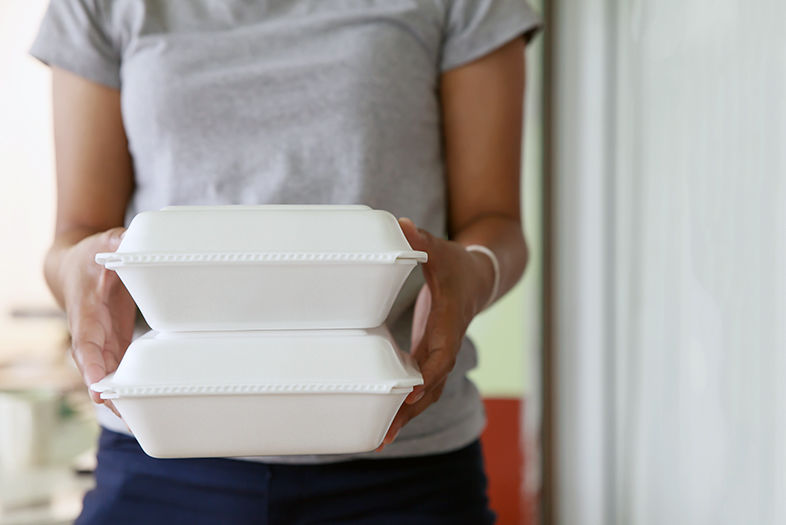
How San Diego Restaurants Are Dealing with the Plastic Problem
